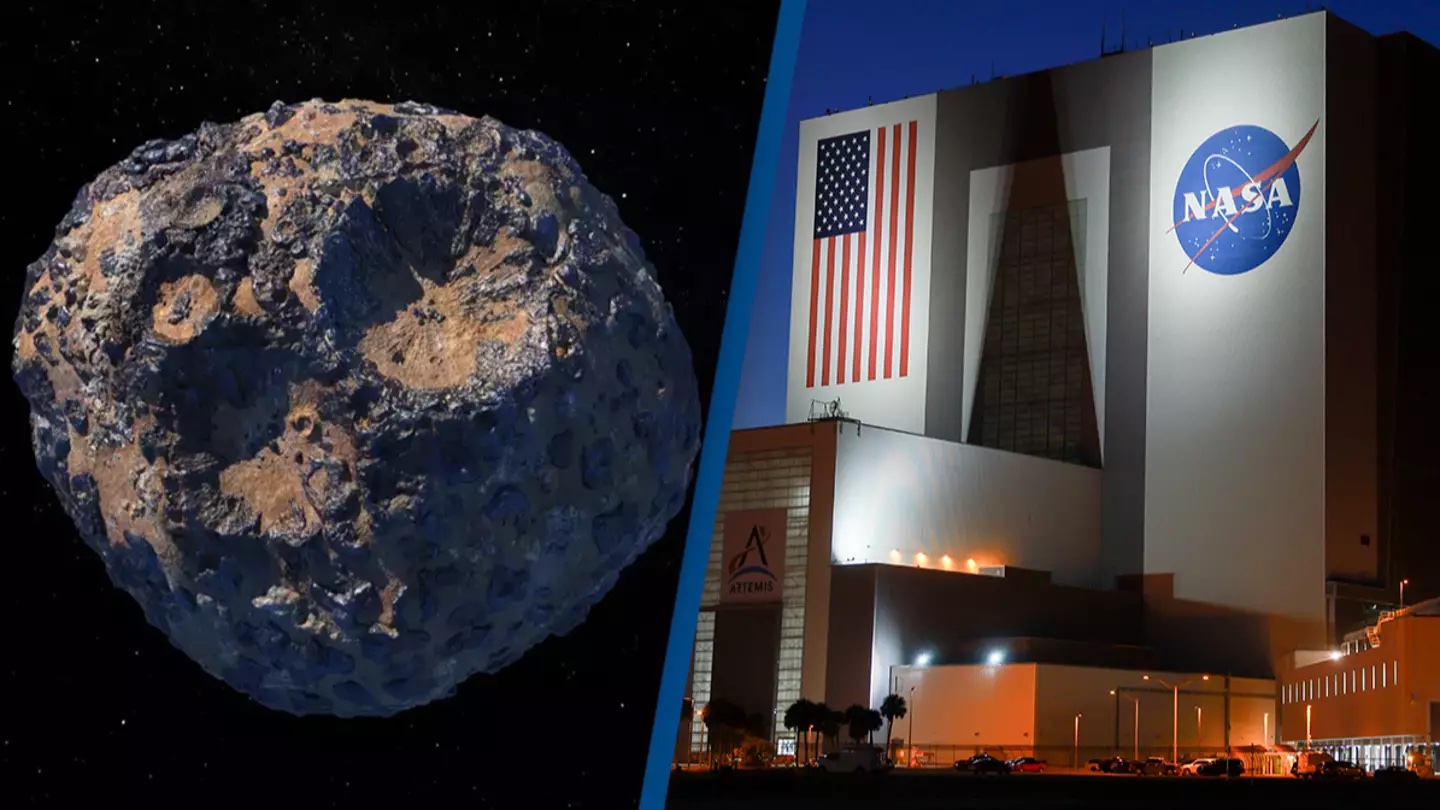NASA has issued an update on the enormous asteroid which has been estimated to be worth one hundred quintillion dollars.
If you were wondering how many zeros that is, it’s 19 zeros, or $10,000,000,000,000,000,000.
This estimate of monetary value is due to the high quantities of precious metals contained within the asteroid.
Psyche is named after the Greek goddess of the soul, and was discovered in 1852 by Italian astronomer Annibale de Gasparis.
In 2023, NASA launched a probe to investigate Psyche from NASA’s Kennedy Space Center in Cape Canaveral, Florida in order to study the asteroid and try to gain some insight into its history and where it may have originated in the solar system.
It was the 16th asteroid to be discovered, and is thought to be composed of between 30 percent and 60 percent metals.
These percentages include gold, iron, platinum, palladium, and nickel – all of which are used in a number of industries.
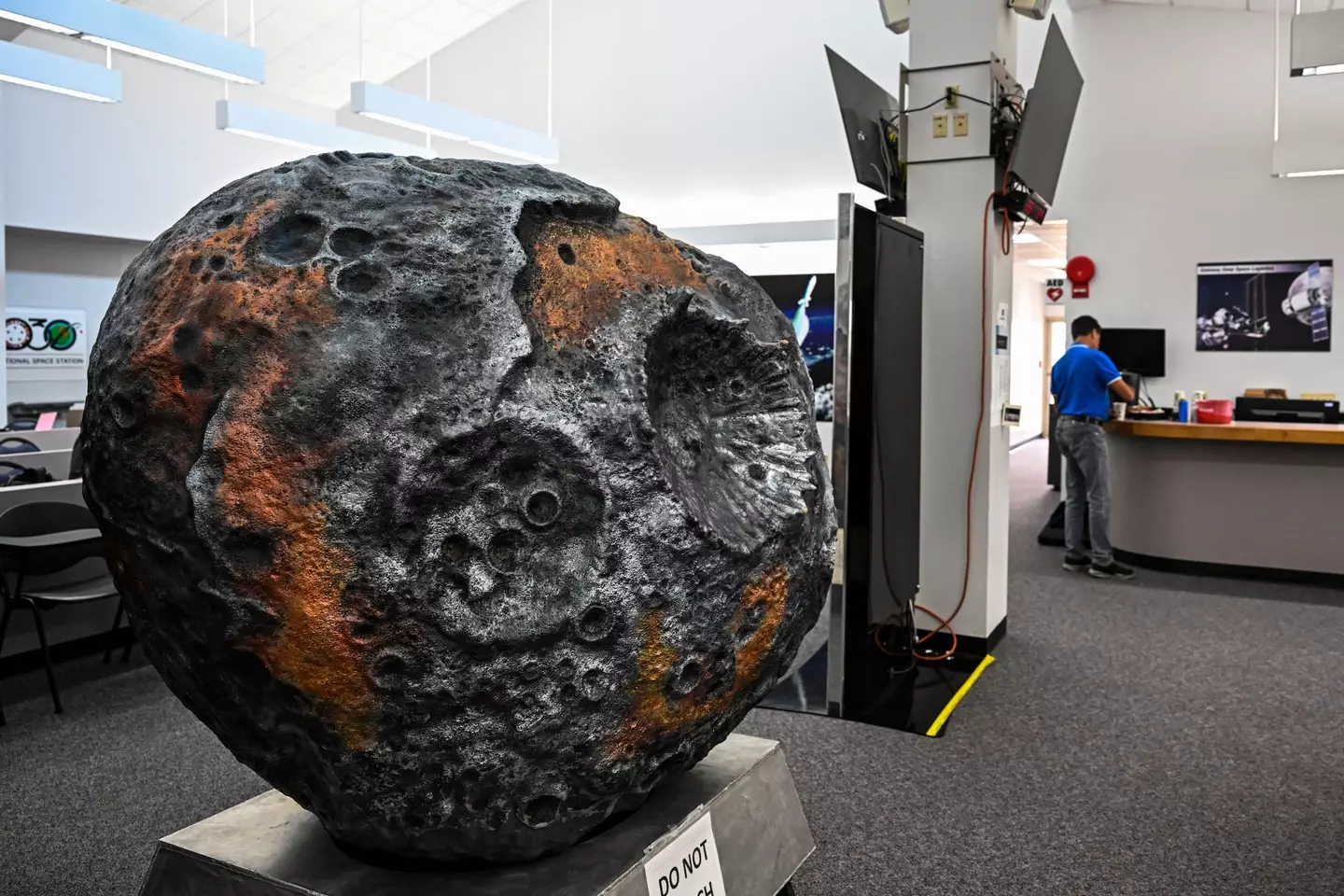
A NASA model of the Psyche asteroid. (CHANDAN KHANNA / AFP) (Photo by CHANDAN KHANNA/AFP via Getty Images)
Of course, flooding the market with vast quantities of minerals would have an impact on their price, but you get the idea of just how much the asteroid contains.
There’s also the slight issue that the asteroid is located some 235 million to 309 million miles away from the Sun, depending on where it is in its orbital path.
That could make actually accessing the asteroid slightly challenging – especially to retrieve any of the resources within.
In fact, it would take around six years to reach the asteroid in the belt between Mars and Jupiter, as per The Daily Express US.
As part of the journey to Psyche, NASA plans a manoeuvre in 2026 using Mars’ gravitational field to ‘slingshot’ the probe towards the asteroid.
If all goes to plan with the journey then NASA’s probe should be arriving at Psyche in 2029.
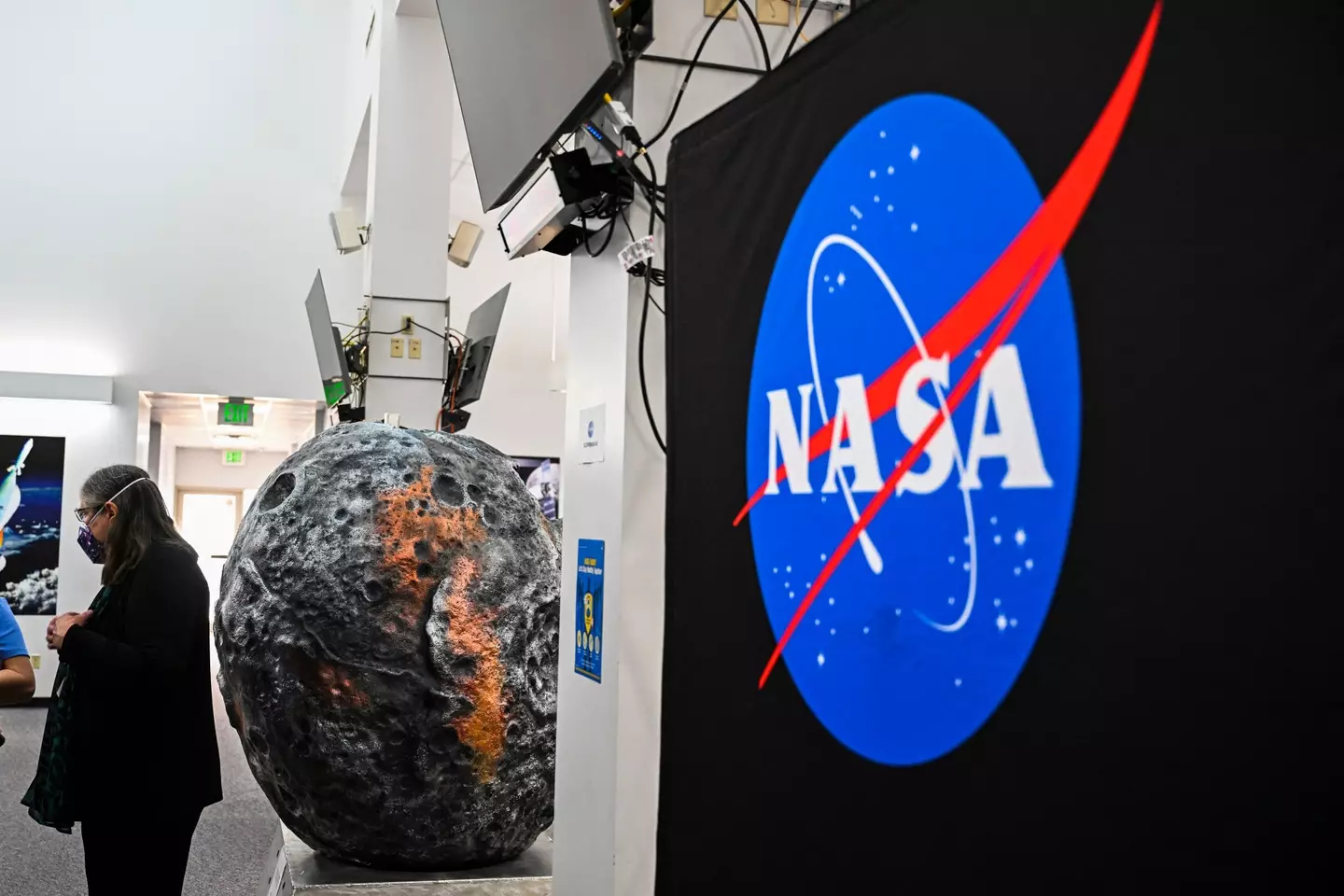
NASA has launched a mission to the asteroid. (CHANDAN KHANNA / AFP) (Photo by CHANDAN KHANNA/AFP via Getty Images)
Scientists currently think that Psyche was formed as a result of violent collisions during the infancy of the Solar System.
This means that studying the asteroid itself could offer valuable insight into the formation of the Earth’s core.
NASA has invested approximately $1.2 billion to develop, launch, and operate the Psyche mission.
Prior to the launch in a statement released in July 2023, NASA said: “Teams of engineers and technicians are working almost around the clock to ensure the orbiter is ready to journey 2.5 billion miles to a metal-rich asteroid that may tell us more about planetary cores and how planets form.”
The vessel might be travelling at 84,000 miles per hour, but given that it has to travel over 164 million miles from Earth – or around 264 million kilometres – it’s still got a long way to go.
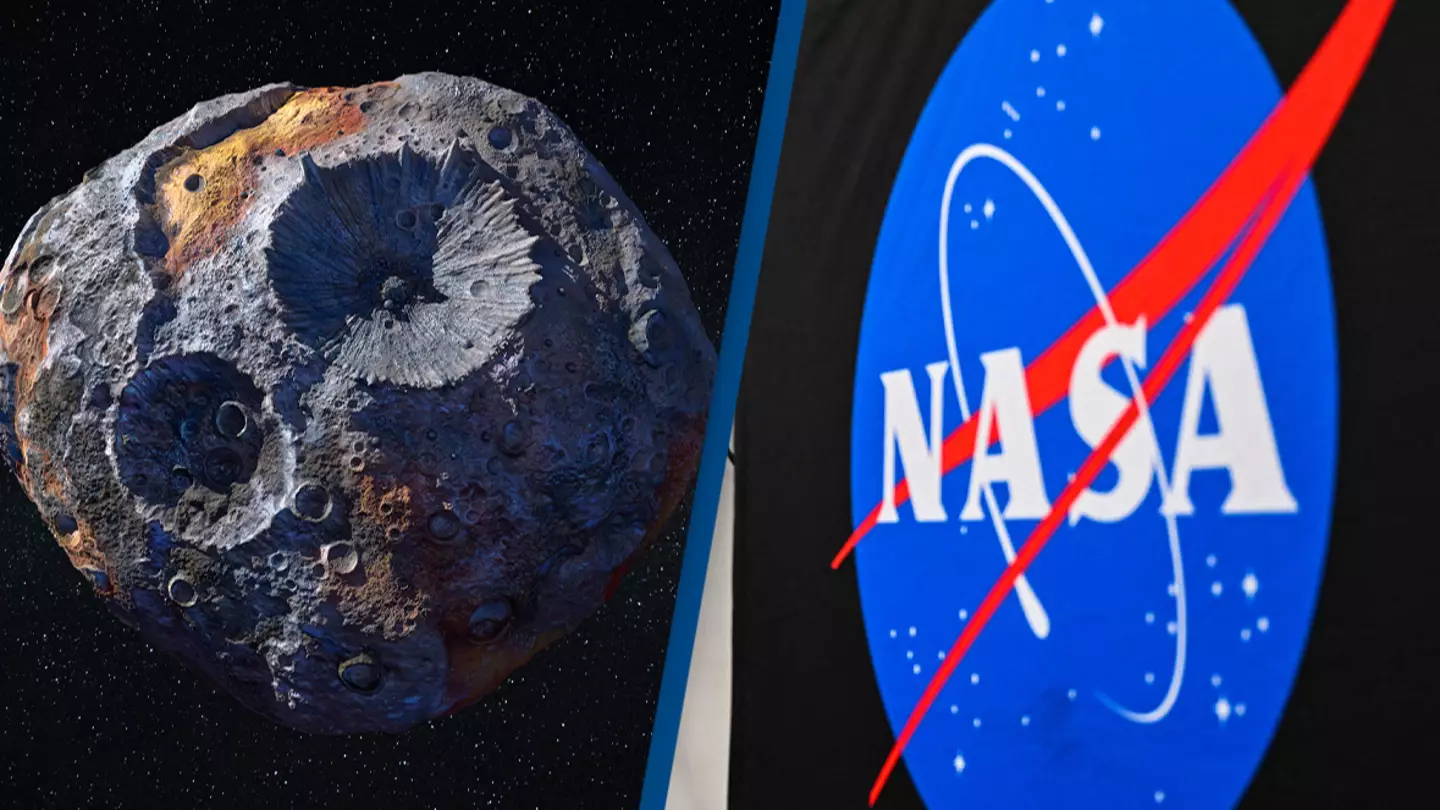
NASA has explained what the $10,000 quadrillion asteroid its hoping to reach could reveal about Earth.
On October 13, 2023, NASA Discovery Program space mission Psyche’s spacecraft launched from from its Kennedy Space Center in Cape Canaveral, Florida.
Since then, the vessel has been making its way across a whopping 2.2 billion miles (3.5 billion km) journey at a speed of approximately 84,000mph through space to reach an asteroid called 16 Psyche – orbiting the Sun between Mars and Jupiter – and should the journey prove successful, NASA has highlighted some of the most exciting discoveries which could be in store.
As per an update released by NASA on May 22, 2024, Psyche spacecraft ‘passed’ it’s six-month check-up with ‘a clean bill of health’.
“Navigators are firing its futuristic-looking electric thrusters, which emit a blue glow, nearly nonstop as the orbiter zips farther into deep space,” it added.
But what is this deep space mission all really for?
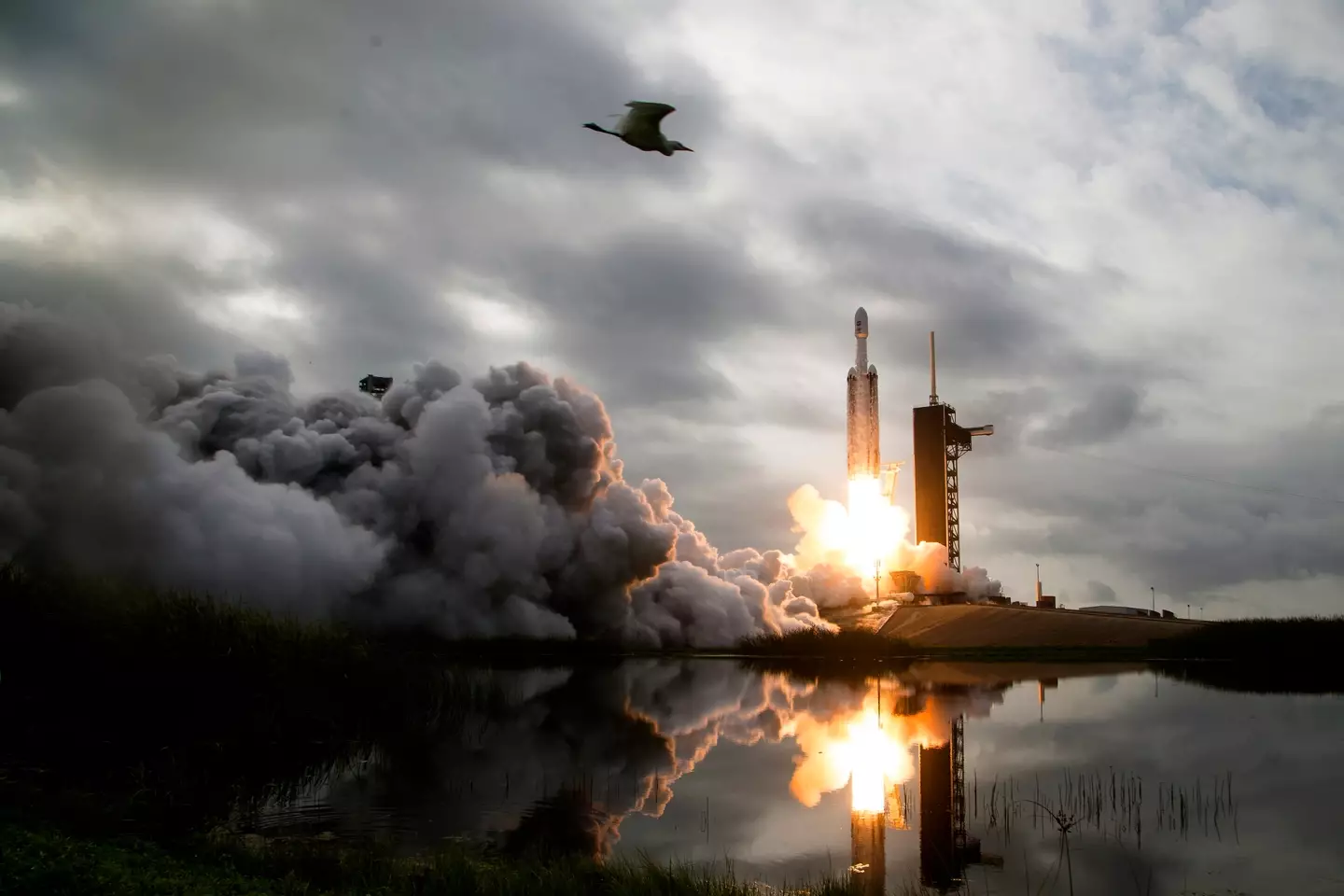
Psyche spacecraft launch (Aubrey Gemignani/NASA via Getty Images)
What Psyche could tell us about Earth
Well, if Psyche reaches 16 Psyche successfully, NASA could potentially gain a unique insight into our own planet.
Yes, Earth, because 16 Psyche is anticipated as having a metallic core composition similar to that of Earth’s – containing both nickel and iron, ‘the building blocks of our solar system’.
As NASA’s website explains: “Deep within rocky, terrestrial planets – including Earth – scientists infer the presence of metallic cores, but these lie unreachably far below the planets’ rocky mantles and crusts.
“Because we cannot see or measure Earth’s core directly, Psyche offers a unique window into the violent history of collisions and accretion that created terrestrial planets.”
However, if this isn’t the case, there’s still another exciting discovery to be made.
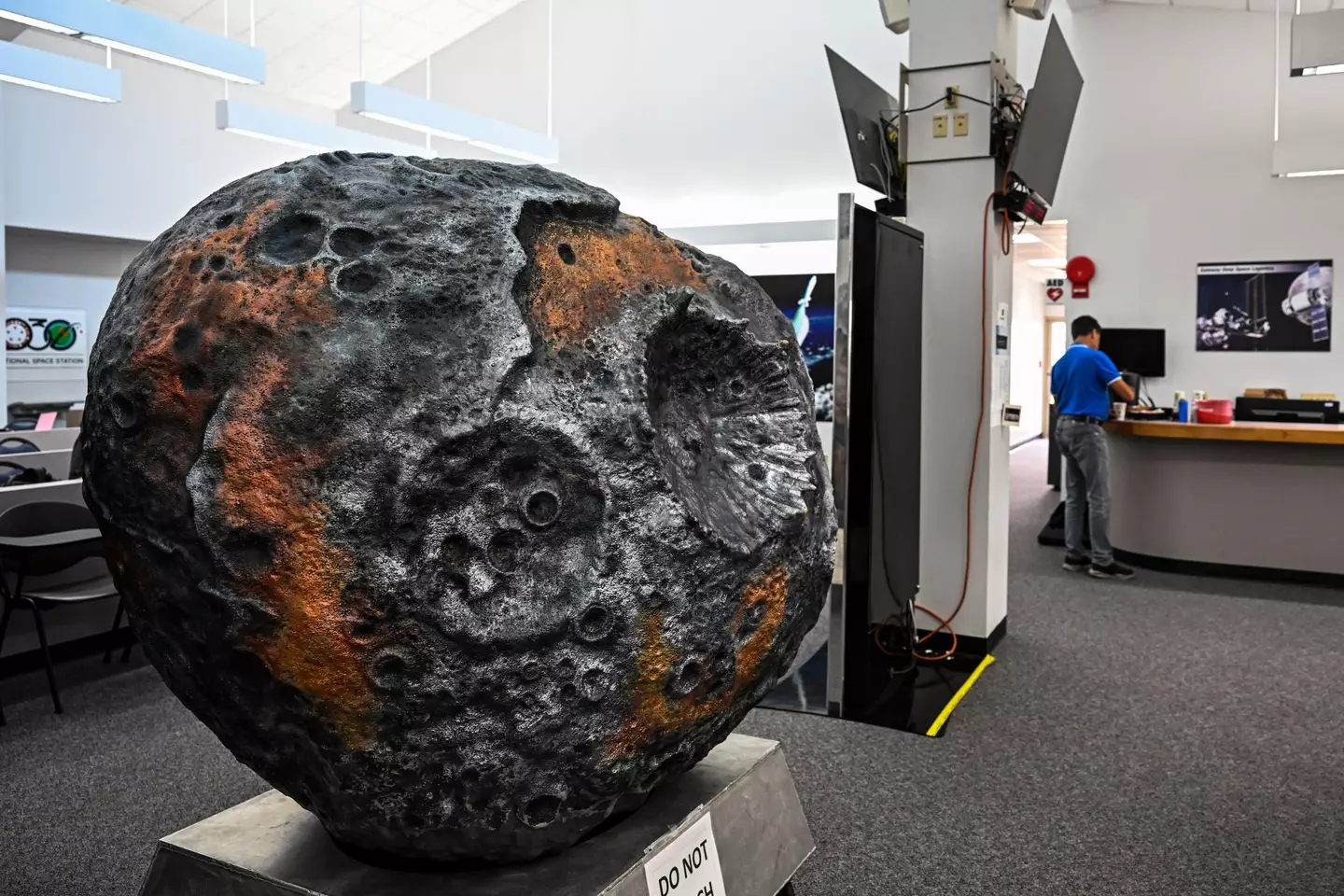
A model of metal-rich asteroid Psyche (CHANDAN KHANNA/AFP via Getty Images)
Another theory of what Psyche could be made of
During a press briefing on 10 October, 2023, Psyche’s principal investigator Lindy Elkins-Tanton explained the kind of material 16 Psyche is suspected as being made of is ‘a kind of material that’s been hypothesized by planetary scientists for a long time, but we haven’t actually found any before’.
The hypothesis? 16 Psyche is ‘formed of the very first materials in the solar system that came together under gravity’, the materials having formed close to the Sun, before the materials’ oxygen and iron atoms split apart and the iron atoms turned into their metal form.
Deputy principal investigator of the Psyche mission, Ben Weiss, explained this would make 16 Psyche ‘a king of primordial unmelted body’.
Weiss added: “Psyche today is long frozen, but if it formed as a metallic core in the early solar system, it was once a molten body and has been cooling really quickly and potentially generating a magnetic field.
“That magnetic field could be imprinted in the outer layers of Psyche’s cold exterior as a kind of echo or fossil that we could then detect today.”
The mission will also reveal developments within NASA’s own technology.
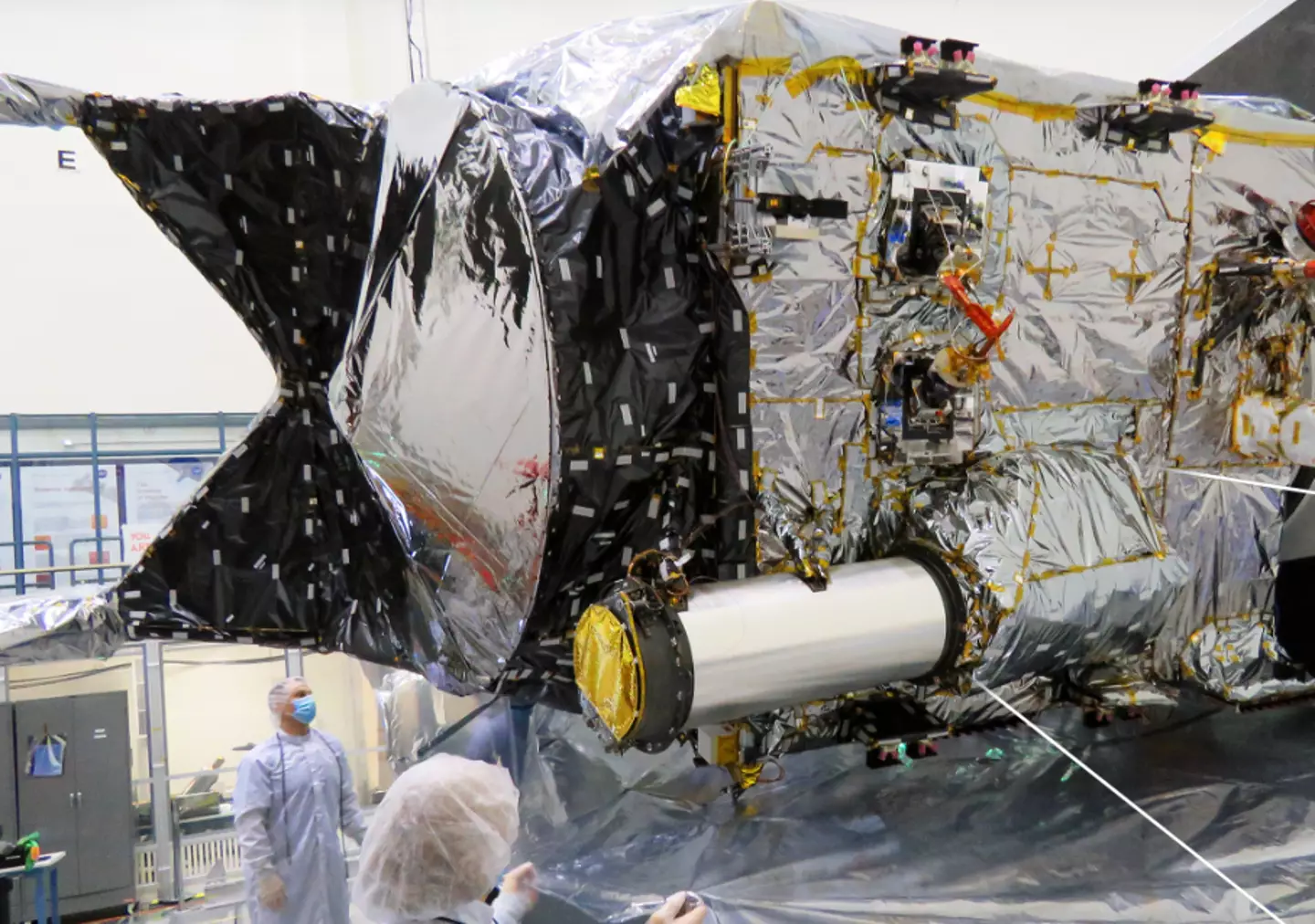
The DSOC (NASA/JPL-Caltech)
Testing new technology
The Psyche mission is testing the next generation laser communications by transmitting data back to Earth using the Deep Space Optical Communications (DSOC).
If the test proves successful, it means NASA will be able to use DSOC on future missions and ‘increase bandwidth to transmit more complex science data and even stream video from Mars’.
